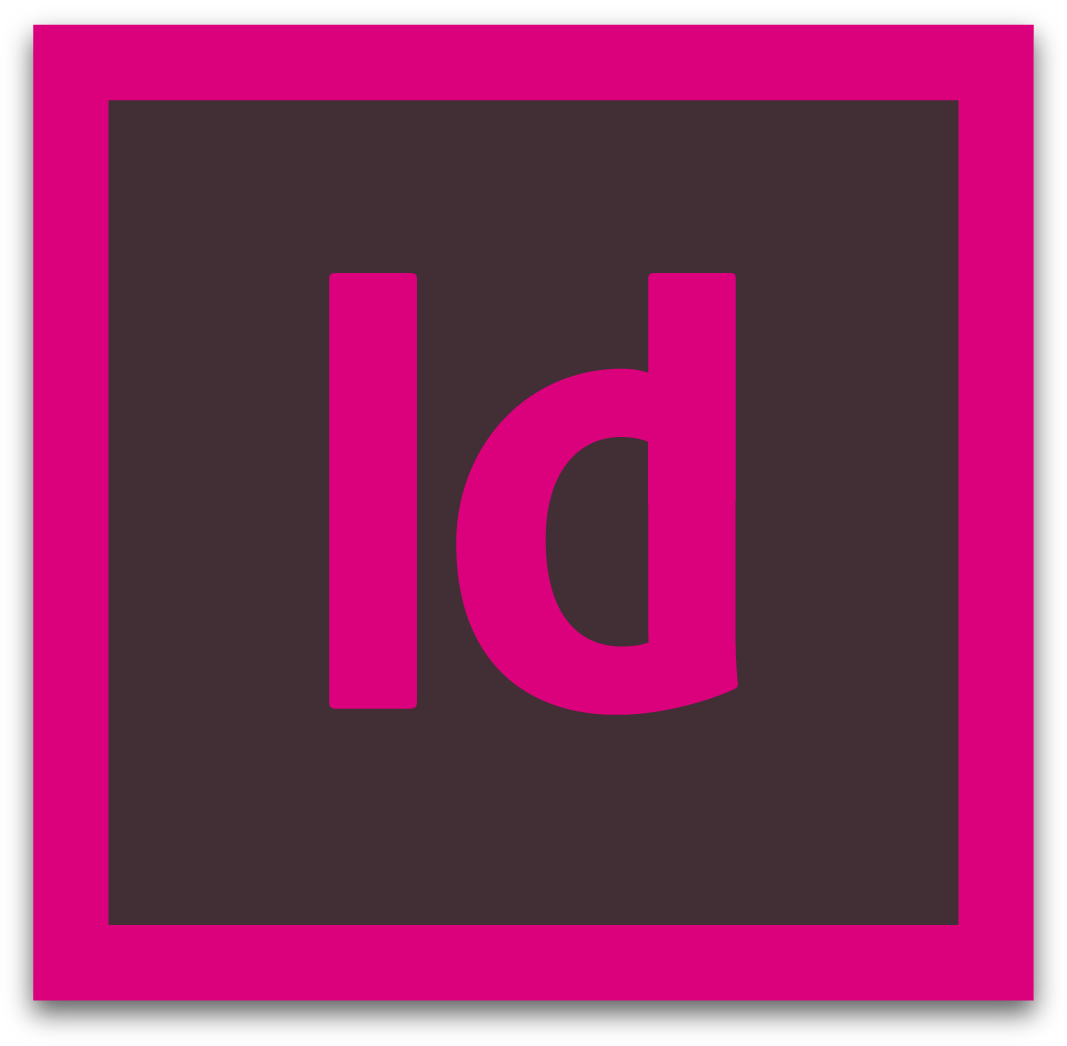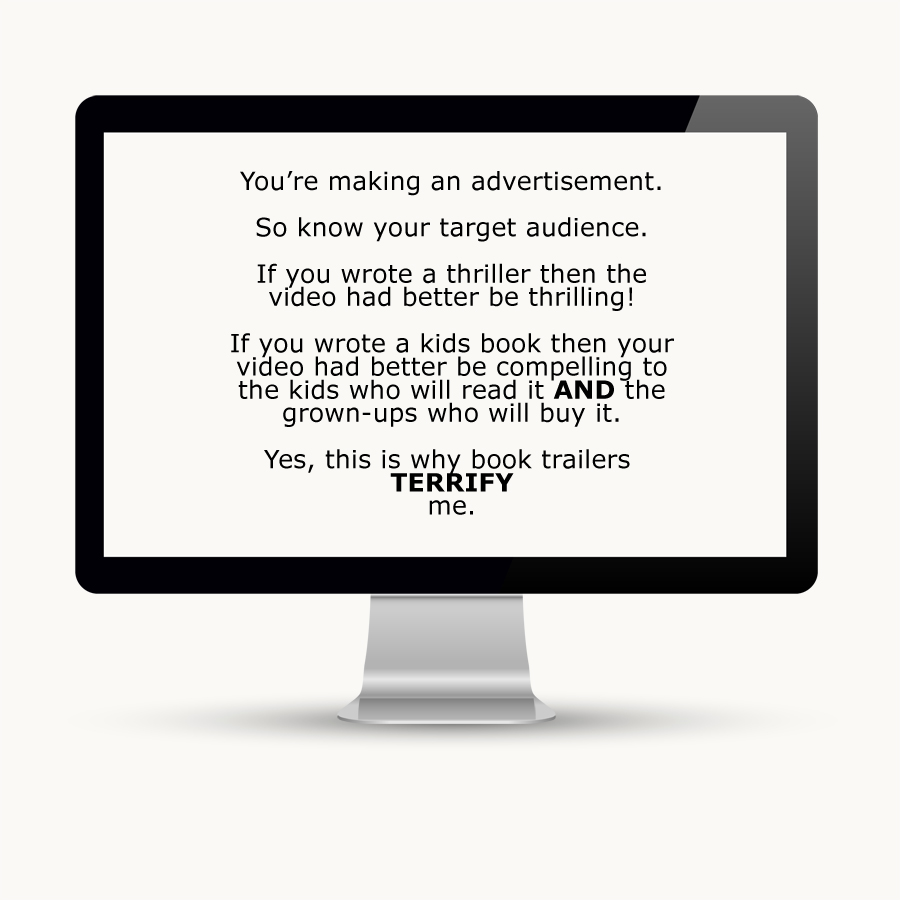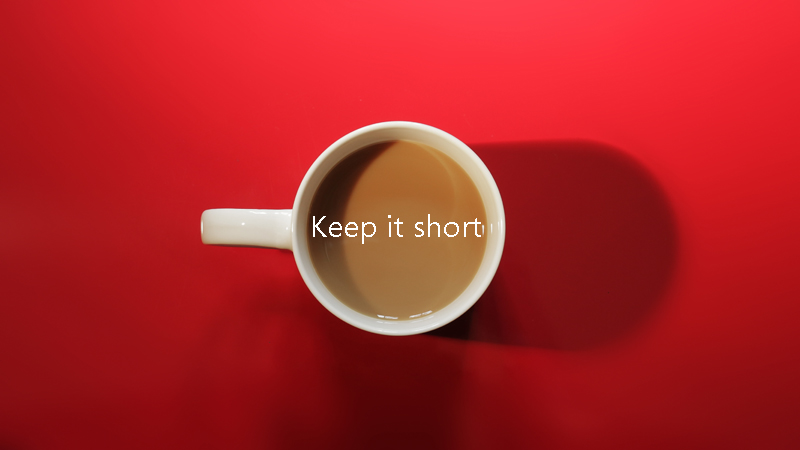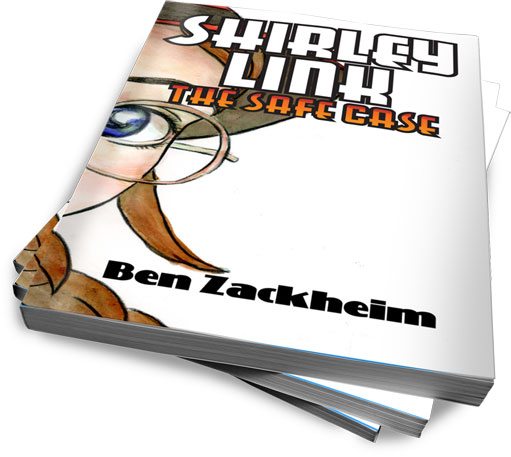
by Ben Zackheim | Jan 23, 2015 | Digital Identity, Writing |
My cousin is a musician. He’s worked his entire professional life amidst notes; touring with a successful band for years, producing several fantastic CDs and teaching. When iTunes slammed into the planet and made music digital and cheap he was angry.
“Too bad, cuz,” I’d say. “You know what they say. Adapt or die!”
Okay, I didn’t say it like that, but it’s the message that he probably took away from our debates.
Then Spotify and its ilk pushed music even further into the ether. Songs became not just a commodity, but a common element. Like air, except louder and with a riff.
Poor music business.
But what if indy authors have more in common with our musical peers than we think? What if the proliferation of subscription services is sending us down a path of permanently earning less for our books.
I’m an optimist. I believe that the writing life is a wonderful life. I know it’s here to stay. But it may need to change into something different.
So I got to thinking. Stand back. It’s a dangerous thing. Ask my wife. Or my cousin.
Here’s my take…
Musicians have concerts. Gigs can add some cash to the coffer as music sales drop through the stage. At gigs, bands sell CDs (and LPs!) to the audience.
But writers have nothing similar. Book readings are the closest thing, but they’re not as essential to the reader as live music is to the music fan.
So are we doomed to just maneuver the same turbulent sea of shifting tactics to survive Amazon’s whims, or Facebook’s changing policies, or a tiered Internet?
Believe it or not, I’m going somewhere positive with all of this.
What if writers need to produce their work to find that alternate revenue stream? Produce our work? What the hell does that mean, Ben? Well, what if I need to make The Camelot Kids a comic book and a weekly animated short for it to make me money? What if Shirley Link is a monthly podcast and a small indy film? Maybe your book is a future YouTube hit? What I’m searching for here is that secondary revenue stream that leverages the wonderful book we’ve written and builds upon it for a modern audience.
Does that makes sense? I mean, we tell stories. On paper. On touchscreens. But maybe we need to ponder other ways to tell our stories.
Maybe we need to tap into these social network thingies and find audio recording, film making, 3D animating peers who will work for a cut of the profits.
As importantly, maybe new services need to spring up that help us make our books into animated movies, or plays, or films, or games, or virtual reality experiences. Yes, there’s ACX. There are fun toys like Booktrack. Those are along the lines of what I’m talking about, but what I’m starting to see is that I need to break out of my comfort zone (even more than I already have). I’m starting to see that the same way that musicians had to learn to set up a gig, perform and connect with music fans in a whole new way, well maybe in some twisted, introverted wordish way that’s our future, too.
What do you think? Could you envision writers as media producers? Do you think a successful indy author will need to be a successful media producer in the near future? Is the thought too terrifying to ponder? Or does it excite you?

by Ben Zackheim | Dec 9, 2014 | Video |
I love Hugh Howey. Sure, he’s a good writer, but he can be a helpful one too! In addition to all of his efforts to make self-publishing a transparent and optimistic community, he also spends a lot of time doling out indy tips and tricks. Hands-Dirty tips. Rubber-Meets-Road tricks.
But this one may be his best.
InDesign is a wonderful, complex mess. It will definitely help you make a beautiful book, but it will also kill you slowly with obtuse logic that hammers your head, and drop-down menus that will chop your fingers off. Mr. Howey (a name to envy) spends 50 minutes showing us how to take your doc and turn it into a book. You’ll be pausing every few seconds as you follow his steps, which will effectively turn his video tutorial into a 29 hour lesson, but that’s the beauty of it.
Thorough, clear, with a pause button. Perfect.
If you’ve been thinking about buying InDesign, this may be the best advertisement for the software ever.

by Ben Zackheim | May 22, 2014 | Book Promotion, Sell your book, Writing |
Many of us think in words. Authors are like that. Our thoughts take on a distinct inner voice — dependent on mood, muse and cups of coffee.
So when we’re faced with the option of building a book trailer, with words and pictures and animations… well, it’s daunting.
With an NYU Film School education and several years of playing the Hollywood game, I’ve set out to craft a trailer for my upcoming series, The Camelot Kids. I’m delighted with it so far, so I thought I’d share some basic rules that have helped me focus.
Here are my impressions of what works, what doesn’t and how to avoid the common mistakes I spot in book trailers every day.




Here are some resources for you to dig into:
Tools for book trailer creation
Adobe Voice for iPad
A spectacular tool. I don’t use that word lightly. That’s the term I save in my quiver for special occasions.
The app on the iPad does everything and does it well. You can make a slick presentation within minutes. If you want to make a fast, elegant trailer that focuses on your writing style, character voices or humor then Adobe Voice can help you. Oh, and they have tens of thousands of stock images for free. The app adds the correct credit to the end of the video so you’re pretty safe.
I can’t recommend this app enough.
Prezi
Some quality book trailers have been done with Prezi tools. Like Adobe Voice, the service will help you look slick. But unlike Adobe Voice, you don’t have simple and searchable access to free, accredited images.
Graphicstock and BigStock are (as of this writing) offering a free one week trial to their library of images. You need to give a credit card to get access, but you can cancel if you don’t think the service gives you enough value.
 If you decide that voice is a critical component of your trailer, then you really can’t go wrong with Blue’s Yeti mic. It looks great and sounds even better. While the sensitivity can be high it’s nothing that can’t be adjusted for with a little distance from the mic.
If you decide that voice is a critical component of your trailer, then you really can’t go wrong with Blue’s Yeti mic. It looks great and sounds even better. While the sensitivity can be high it’s nothing that can’t be adjusted for with a little distance from the mic.
Book trailers that work
Fantastic book trailers and the reasons they’re so good
7 Brilliant Book Trailers
A funny piece in The New Yorker about book trailers
Have you made a book trailer? What do you think of book trailers? Let us know in the comments!
By Ben Zackheim
You might also like:
How to write an author bio that sells books
Choose the best genre for your book on Amazon

by Ben Zackheim | Feb 18, 2013 | Book Promotion, Writing |
This is a follow-up to a previous post.
I’ve received some feedback on my post about advertising on Goodreads, and it looks like some people are interested in getting into Goodreads, but haven’t made the plunge yet. This sequel is for you!
The thing I like about Goodreads is that it’s filled with readers of all ages. The best way to get to know people who share your tastes is search their groups. I’m still seeking out my niche, but I’ve found lots of helpful and supportive people by just making a page for myself .
If you’re an author you can either “claim” the books you’ve written, or you can upload your book data manually. Once you have an author page with books you can start to find friends by joining group discussions. The best way to sum it up is that Goodreads, while a bit obtuse, is a microcosm of all the reading/writing forums you’ve ever joined on the Web. It’s a wild west of discussions and contests and promotions. The benefit for the author is that you only interact with dedicated book lovers.
Goodreads started a service called Goodreads Self-serve Ads. You can buy, for up to 50 cents per click, ad space on the right or left column of some of their pages. The ads consist of a small image, ad copy and a link to wherever you want. You can set aside any amount as your budget (I chose 10 bucks) and you can track your ad’s performance.
The big benefit of ads on Goodreads is that everyone who sees the ad is more likely than the public at large to be interested in your ad. Still, to ensure you get the most bang for your buck Goodreads allows you to target your ad, meaning you can offer the ad to certain kinds of Goodreads customers. They allow you to show your ads ONLY to people who like (for instance) mystery and YA. You can choose as many genres as you’d like to target, but it’s a fine line you’ll walk in trying to target correctly.If you target too broadly you risk getting people clicking on your ad who are not interested in your kind of book. That’s wasted money. Conversely, if you target too specifically you can filter out perfectly good customers and not see anyone click on your ad at all.
You can also target customers by the author they like, which is an interesting filter that I plan to test out in my next campaign. I need to find out from my current readers who they think I’m similar to!
Advertising on Goodreads
As you can see in the image below, I set my daily budget to 2 bucks. That meant I was planning to pay for a max of 4 clicks on my ad (they charge up to 50 cents per click). I set 10 bucks as the campaign budget, meaning I planned on eventually paying for 20 clicks at 50 cents each. As you can see from the views data, a lot of people had the ad put in front of their faces. A “view” is simply defined as “your ad showed up on the person’s web page”. Goodreads can’t actually guarantee that someone saw and read the ad, they can only tell me that 116,129 people had the ad served to a page that they loaded. Of those 116, 129 Goodreads people, 20 people clicked on my ad. That is .02%

While that sounds miserable, it’s a middling result. A super success would be half a percent point considering that Goodreads doesn’t give you a sexy place on their page to put your ad. In the final analysis I got some exposure for my book series brand, and 20 people showed interest in buying the books.
Lessons learned
And here is where I learned my biggest lesson. Because I don’t have a sale page on my personal website where I can track traffic, I can’t see how many people actually bought the books. I can look at the dates when the ads ran and guess but that’s not a good way to measure these things. My conclusion is that it’s best to have a page with a shopping cart on your own site so you can check the traffic for your site and see “oh, he came from Goodreads.com and he bought a copy on my site.” This way you can see how successful the ad campaign is AND tweak your ad and/or purchase experience next time around.
I’ve learned about a trick and I plan to use it on my next book. According to Tom Corson-Knowles, you can track conversion on Amazon pages by placing an image of yourself in your book description. The image should be hosted by you and served from a bit.ly url. The bit.ly url will allow you to go to the bit.ly site and check traffic for the link. This way you can find out a bunch of user data on who went to your Amazon book page from Goodreads. I haven’t tried this on my Amazon profile because I use Amazon’s Author Central, which does not allow html in their profile form. However, if you are on KDP and have not signed up for Author Central, you CAN use the KDP profile form to enter html, including the bit.ly link. There are some tricks to it and I advise that you buy the three dollar book on Amazon, or borrow it if you’re on Amazon Prime. It’s worth it. It appears that Amazon has changed their policy. I tried to use this trick on a new book using KDP and my html was rejected. As of now, I’m not aware of a way to see traffic to your Amazon page.
Goodreads, for their part, advises ad buyers to make their ads link to the book’s Goodreads page. The Goodreads customer likes their ads to stay within the Goodreads ecosystem because they’re loyal and enjoy the experience.
I saw an uptick in my ads’ performance (known as CTR, or “click through rate”) when I did two things:
- Updated the copy. I went for the soft sell, instead of the hard sell. I toned down the language and removed the “Get the book for Xmas”-type wording. The hard sell doesn’t work well on Goodreads.
- I changed the ad so it linked to Goodreads instead of Amazon. This made the link at the bottom of the ad read “Goodreads” instead of “Amazon” which, again, appears to be what Goodreads customers prefer.
I hope this post now makes it clear what the benefits of Goodreads is as a platform and as a place to advertise.
by Ben Zackheim






 If you decide that voice is a critical component of your trailer, then you really can’t go wrong with
If you decide that voice is a critical component of your trailer, then you really can’t go wrong with 
